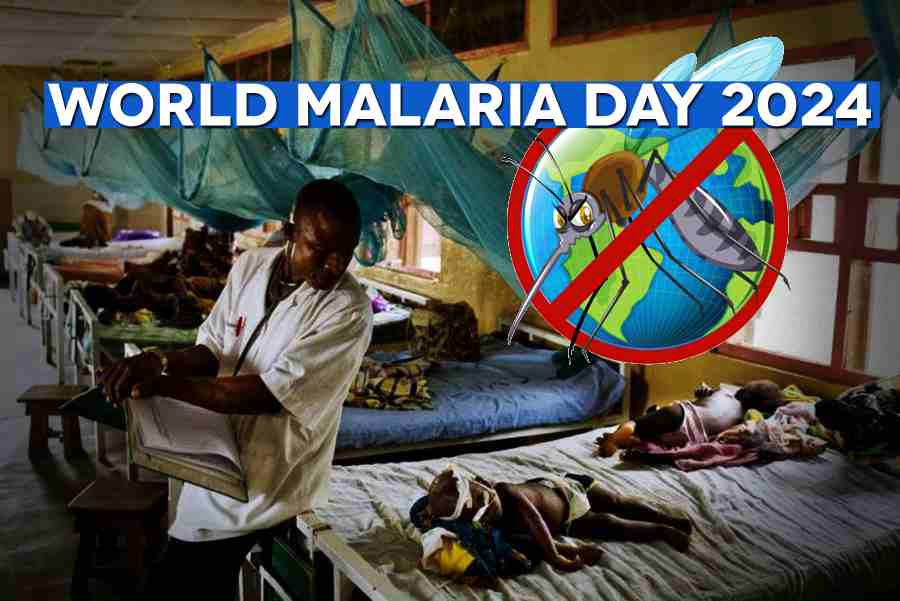Thu 25 April 2024:
World Malaria Day is an occasion to highlight the need for continued investment and sustained political commitment for malaria prevention and control. It was instituted by WHO Member States during the World Health Assembly of 2007.
This year the theme for World Malaria Day is “Accelerating the fight against malaria for a more equitable world.”. This theme, which is in sync with this year’s World Health Day theme “My Health, My Right’, underscores the urgent need to address the stark inequities that persist in access to malaria prevention, detection, and treatment services, WHO said.
In recent years, progress in reducing malaria has ground to a standstill. Not only does malaria continue to directly endanger health and cost lives, but it also perpetuates a vicious cycle of inequity. People living in the most vulnerable situations including pregnant women, infants, children under 5 years of age, refugees, migrants, internally displaced people, and Indigenous Peoples continue to be disproportionately impacted.
The WHO African Region shoulders the heaviest burden of the disease – accounting, in 2022, for 94% and 95% of malaria case and deaths. Rural populations in the African region living in situations of poverty and with less access to education are the most impacted. In view of the current trajectory, critical 2025 milestones of the WHO global malaria strategy for reductions in malaria cases and deaths will be missed.
History of World Malaria Day 2024
Marked annually on April 25th, World Malaria Day raises awareness for preventing and controlling this life-threatening disease, established by WHO in 2007.
Symptoms of Malaria
Look out for signs 10-15 days after a mosquito bite. Early malaria often mimics a mild flu, with fever, chills, and headaches. These symptoms can be subtle, especially in regions where malaria is common and people may have some immunity (asymptomatic infections).
Malaria prevention
Malaria can be prevented by avoiding travelling to places where the disease is high – like tropical and sub-tropical areas. Those who are at high risk of malaria include older adults, young children and infants, pregnant women and their unborn children, and travellers coming from areas where there is no malaria.
To prevent malaria, make sure you wear clothes that cover you properly, especially if you are going to damp areas where mosquitoes can breed. Apply insect repellents on your skin and even on clothes. In times when malaria incidence is high in your surroundings, sleep under a net.





